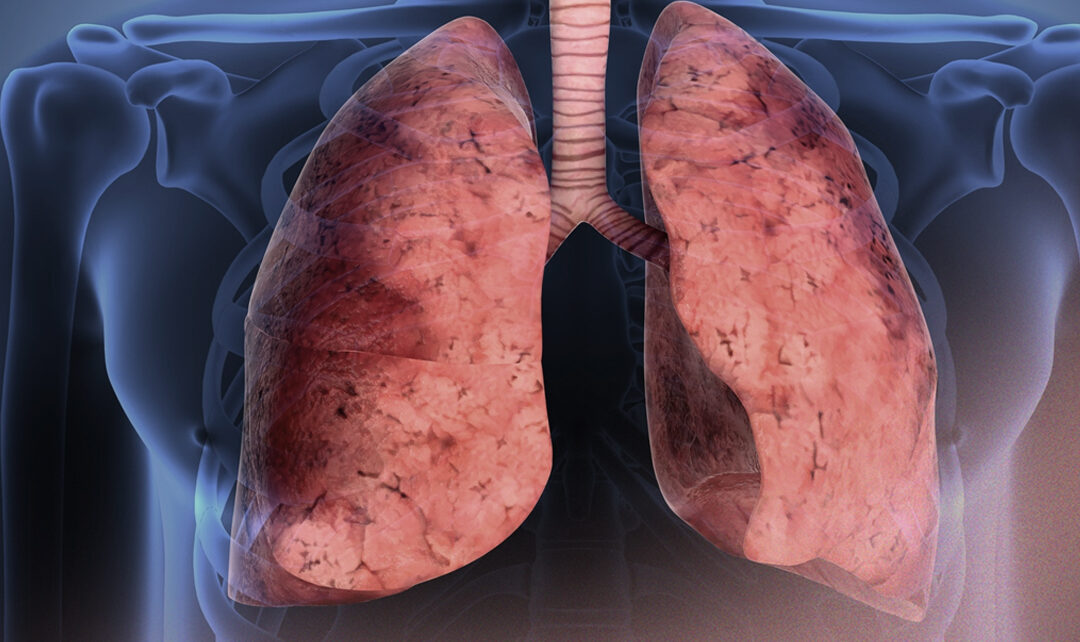
Kartagener’s Syndrome
Kartagener’s Syndrome is a hereditary genetic disease, described in 1933, it shows a low incidence in the population (1: 20,000 cases approx.) and occurs from birth. Its inheritance is autosomal recessive, which means that both members of the couple are carriers of the disease.
Índice
Kartagener’s syndrome description and symptoms (Primary ciliary dyskinesia -DCP-).
This syndrome is also known as primary ciliary dyskinesia (PCD) syndrome. It’s characterized by causing alterations in the cilia structure and function present in the respiratory system cells and gonadal tissues (fallopian tubes and sperm). These alterations affect the coordinated and normal ciliary movement. This lack of movement in the cilia causes recurrent infections of the upper and lower respiratory tract and infertility.
Patients with PCD are characterized by presenting:
- Chronic sinusitis
- Bronchiectasis (pathological dilation of the bronchi caused by repeated infections of the airways)
- Situs inversus (organs placed on the opposite side that corresponds to it). It can be partial (only affects the heart) or total (heart and abdominal viscera)
- Hydrocephalus (in a small percentage of those affected)
- Infertility
Kartagener’s syndrome fertility impact
This syndrome has a negative effect on fertility, both in men and women.
- Specifically, in males there’s an alteration of sperm motility, due to abnormalities in the structure of the sperm’s tail (flagellum). This structural alteration generates an absence of motility in the sperm cells (asthenozoospermia), which prevents them from advancing through the female genital tract and fertilizing the ovum.
- In case of women, the cilia found in the fallopian tubes are affected, its function is to help the ovum to move to the fertilization area, thus preventing the ovum or embryo from advancing through the tube. In women affected by this syndrome, the risk of ectopic pregnancy is higher.
What is the Kartagener Syndrome origin
As it is a genetic disease, the cause of Kartagener syndrome is a mutation in different genes associated with the alteration of the cilia. Although currently not all the gene mutations that produce DCP (abnormal movement of cilia) are known, more than 30 genes involved in the process have been described, being DNAH5 and DNAI1, responsible for the movement of cilia, the most widely studied. Mutations in these genes cause the loss of the dynein arms of the cilia and thus prevent their movement.
Being parents with Kartagener Syndrome
Thus, the only reproductive strategy to achieve pregnancy for those patients who suffer from Kartagener syndrome is to undergo assisted reproduction treatment, specifically IVF in vitro fertilization.
Dr Eva Garcia, Biologist at IBBIOTECH, part of the Instituto Bernabeu group
